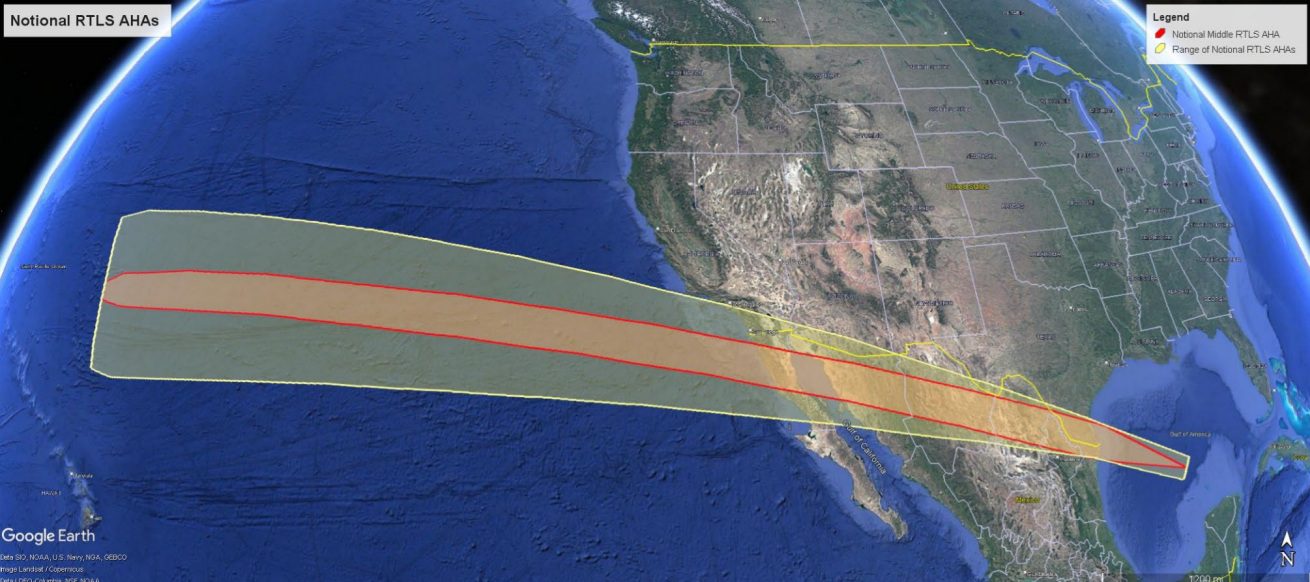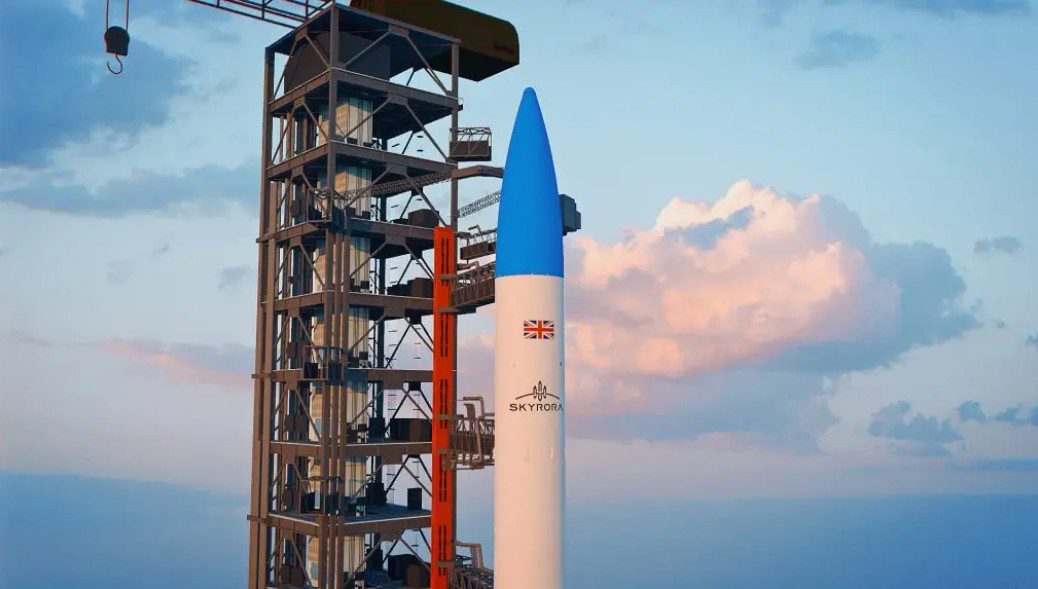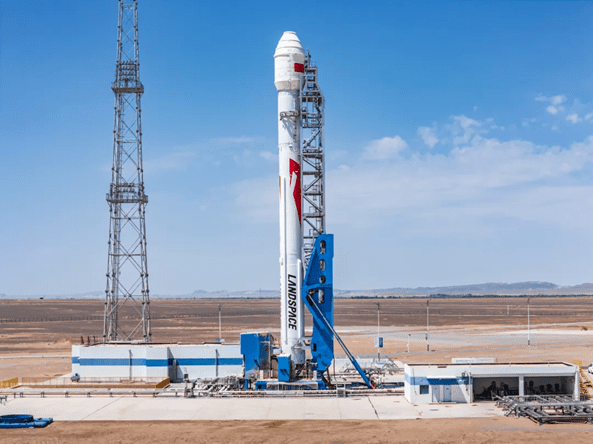India’s GSLV, which even officials of the Indian Space Research Organisation (ISRO) described as its “naughty boy”, seems to be well over its past reliability problems. It successfully launched GSAT-6 (INSAT 2E) into a 35,945 x 170km transfer orbit at 19.96 degrees inclination, on its way to Geostationary Earth Orbit (GEO). The launch took place at 1122 GMT on 27 August 2015 from India’s Satish Dhawan Space Center in Sriharikota.
The version of the GSLV used was the Mark 2, which uses the indigenously developed cryogenic upper stage. This flight marked the second success for this version after a previously successful flight in January 2014. GSLV is offered commercially via ISRO’s Antrix commercial launch provider. GSLV is likely to figure in the launch plans of other small GEO communications satellites due to its low launch price. GSAT-6 itself carries five S-band spotbeams plus C band main beam transmitting video streams to mobile users.







